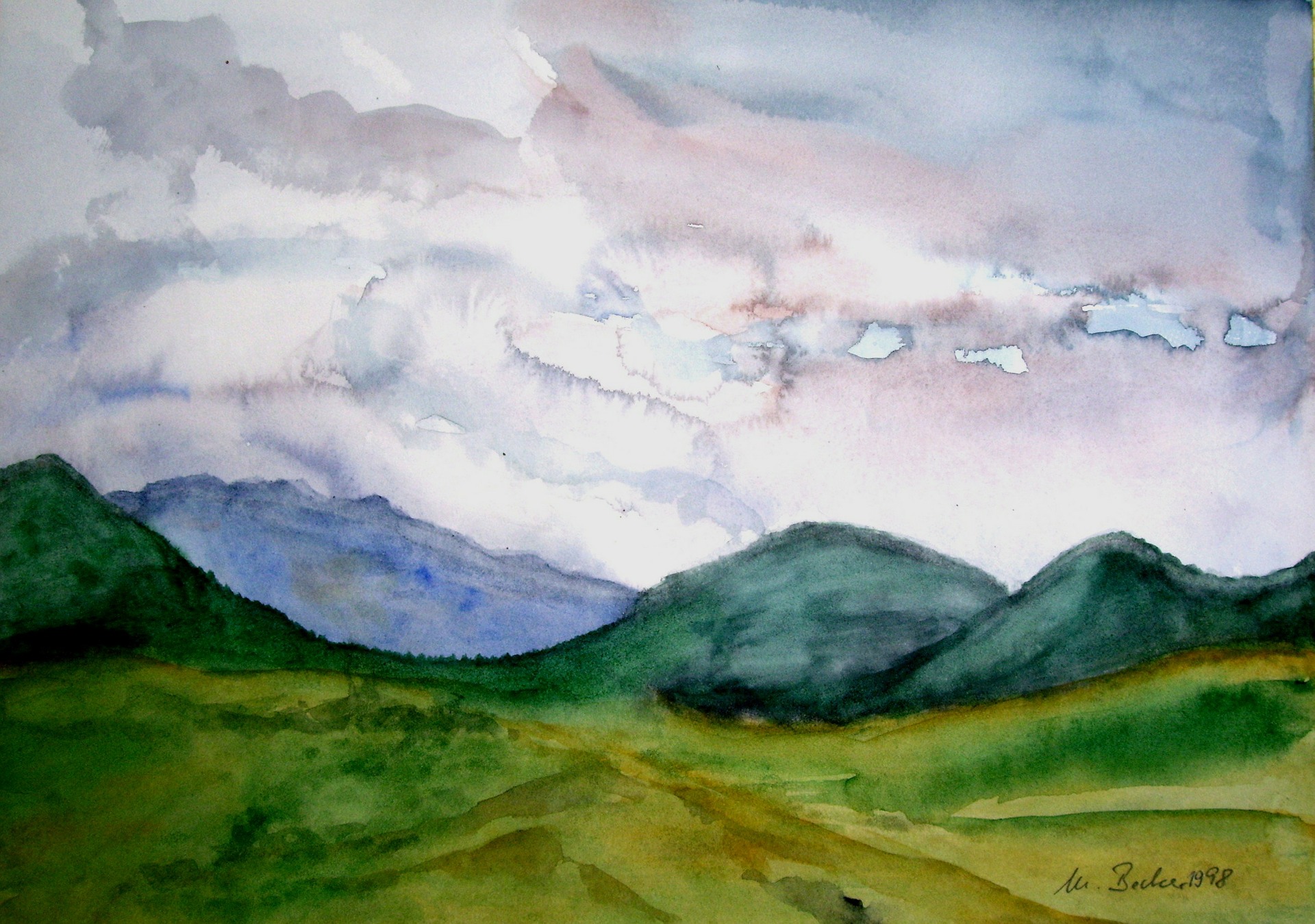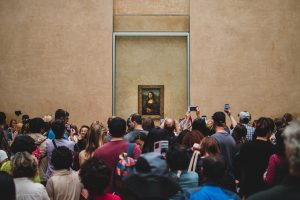Each art form has particular composition components. It is this characteristic that makes any work of art harmonious and complete. The composition types in visual art affect how a final work will look. Artists apply various techniques to convey their emotions, feelings, and vision of the world around them on canvas.
Kinds and varieties of composition in fine arts
Graphic and sculptural compositions can be of the following kinds:
- frontal,
- spatial;
- voluminous.
Frontal compositions can also be called planar. They are works created in a single plane. This category includes drawings, photographs, stained glass windows, tapestries, etc. Depth is conveyed through colors, the play of light and shadow, and other techniques.
In the spatial kind, the size of the space in which the work is enclosed is important. It is used in landscape design, interior design, etc.
In the voluminous kind, three-dimensional space is used. Arts and crafts, as well as architecture, belong to this category.
The following types of compositions are used in drawing and painting:
- static,
- dynamic.
In the first case, balance and a state of peace are conveyed in a painting. In turn, in dynamic drawings, one can see movement. So, they are often used to convey emotions.
The types of composition in visual art are different from their kinds. They are as follows:
- positioning,
- symmetry,
- layers,
- colors,
- arrangement, etc.
The techniques used in creating a painting strongly influence its content and emotional impact on a viewer. Masters take into account the laws of natural harmony when creating their works. The idea is conveyed in each element, and artists take into account all the minor details.

The peculiarities of composition
The laws, principles, and rules of a work’s creation take into account common perceptual patterns of a person. Besides, the world’s artistic experience is of great importance here. Composition concerns how the arrangement of details on a painting. It affects the completeness of a painting and the relationship of all its elements.
The composition makes a painting complete. Its elements are shape, color, and pattern. The work on the composition includes several stages. The first is to search for a theme and choose an idea. A lot depends on this, including the further actions of a painter. Next, a sketch of a future canvas is created, and its structure is thought out. After that, the colors and particular elements thereof are refined. An artist highlights the composition center and the nature of the details.
When creating a composition, the following rules are followed:
- A painting should be perceived holistically, not as a set of separate details.
- The main elements constitute a composition center.
- Asymmetric details are used to give a painting dynamics.
- Elements look more static if they are located closer to the edge. This is how the principle of symmetry works.
Masters often apply the principle of contrast. It makes a painting more lively and interesting.
There are various composition kinds in visual art. Masters try to embody their ideas on canvas, using for this purpose the knowledge accumulated in world culture over a long time.



